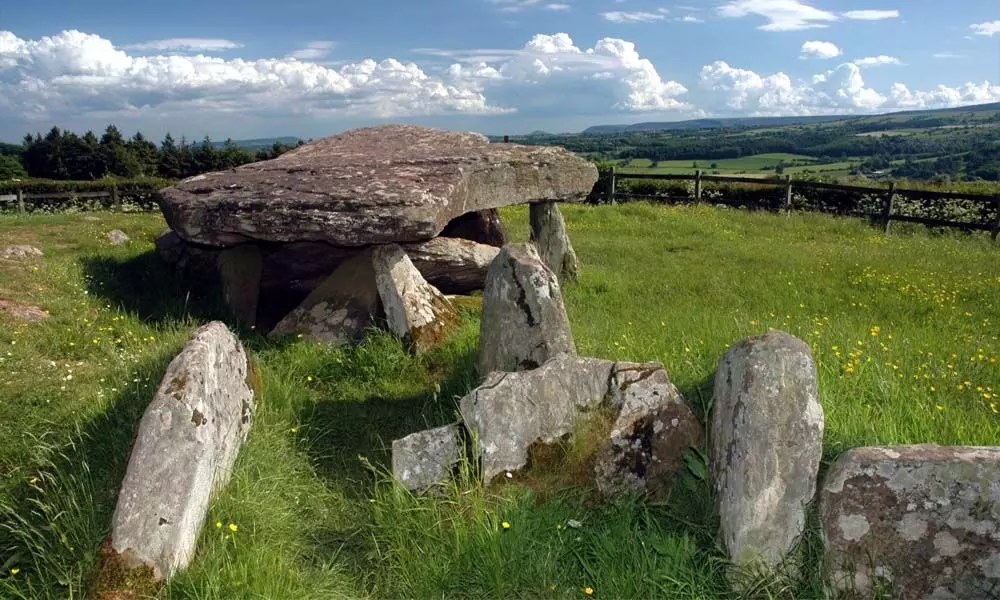Archaeologists Find Out The True Origin Of Arthur's Stone

Archaeologists Find Out The True Origin Of Arthur's Stone
- Archaeologists have found out how Arthur's Stone came to be, the famed Neolithic rock that inspired 'The Chronicles of Narnia's'stone table.'
- The UNESCO World Heritage-listed site, known locally as Maen Ceti, has never been directly excavated.
Archaeologists have found out how Arthur's Stone came to be, the famed Neolithic rock that inspired 'The Chronicles of Narnia's' stone table.'
This double-chambered tomb has remained a strange beacon of the past, standing on a Welsh hillside all by itself, since the massive quartz conglomerate boulders were initially built, perhaps around 3,700 BCE. The UNESCO World Heritage-listed site, known locally as Maen Ceti, has never been directly excavated, so people don't know much about as how it was erected in the first place. Other similar sites in the area that have been discovered with skeletons suggest it is most likely a tomb.
Several legends surround the stone, including one that claims it is a pebble cast from the legendary monarch's shoe.
Another legend claims that the 6th century Welsh bishop Saint David, enraged by local Druid worship, shattered the stone with a swipe of his sword.
Historians and archaeologists have had nothing more to work with besides these myths and stories. Now, excavations slightly to the south of the monument have unearthed a different storey — one that goes far beyond a solitary lonely hillside.
Arthur's Stone was formerly part of a much broader ceremonial environment, according to the results, which have yet to be published in a peer-reviewed journals
Archaeologists believe the tomb was originally covered with a mound of compressed turf with a number of stakes to keep it in place. This lengthy mound extended into a neighbouring field, but it eventually collapsed due to rust. Following that, the mound was reconstructed in a slightly altered orientation.
While archaeologists believe the second construction referred to a location between Skirrid and Garway Hills, researchers believe the first mound faced Dorstone Hill.
In 2013, three comparable burial mounds featuring two 'halls of the dead' were unearthed on the Dorstone slope, dating from around 6,000 years ago.
Arthur's Stone's date, structure, and position suggest that these two hilltop sites were once united. Arthur's Stone is not the only unusual rock stacking found in the United Kingdom, although it is the most well-known. While the site appears to have taken a lot of time and work to create, its design is deceiving. The stone is a globally significant Megalithic structure, its origins were unknown until today, Thomas explains.
Indeed, an integrated Neolithic ceremonial landscape is now being exposed in the highlands between the Golden Valley and the Wye Valley.
Instead of stacking these massive stones on top of one another, it's likely that the ground beneath the primary boulder was scooped out to allow supporting rocks to flow below. The top was subsequently covered with a long mound of dirt that extended all the way into the field to the south, where the current excavations took place.
It is able to shed light on this incredible 5,700-year-old tomb, which serves to tell the tale of our origins. The findings of the recent excavations have not yet been made public.




















